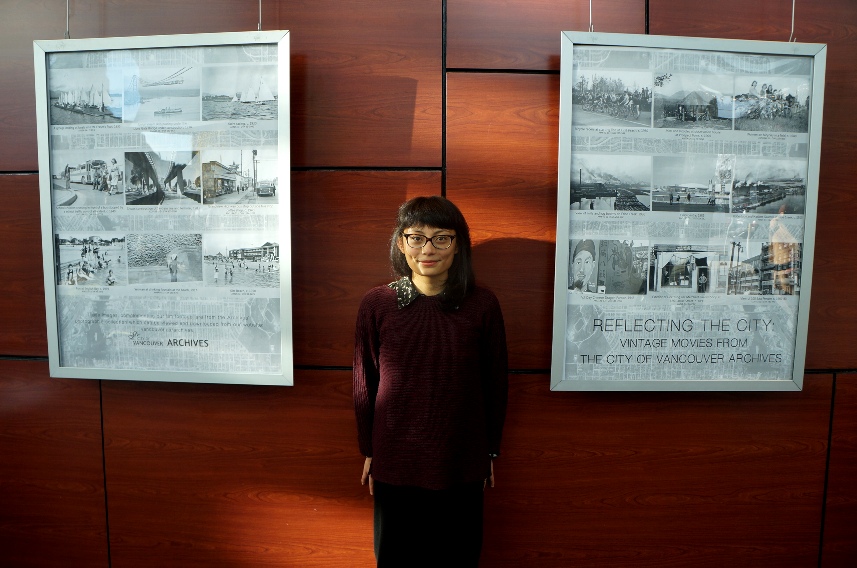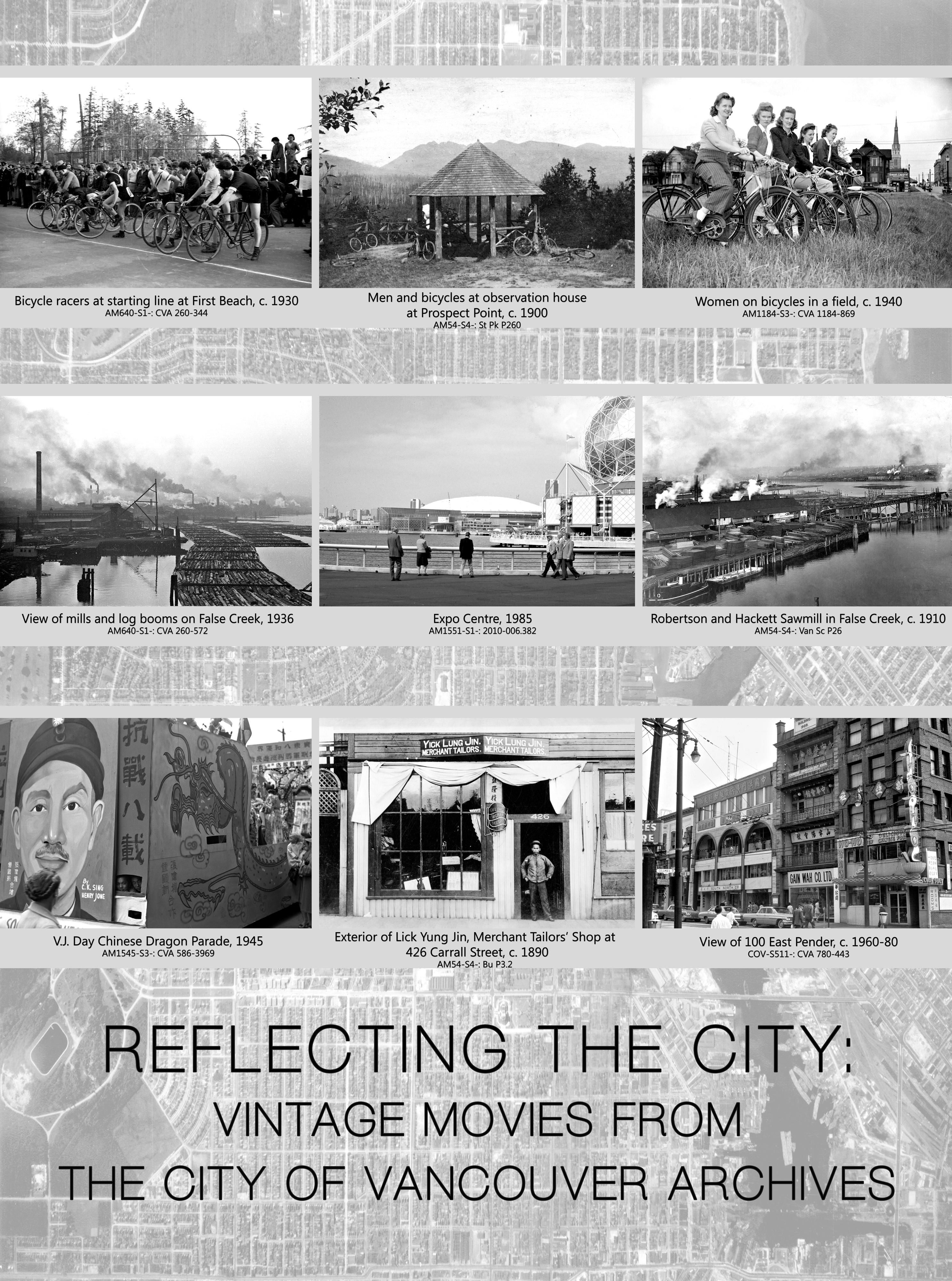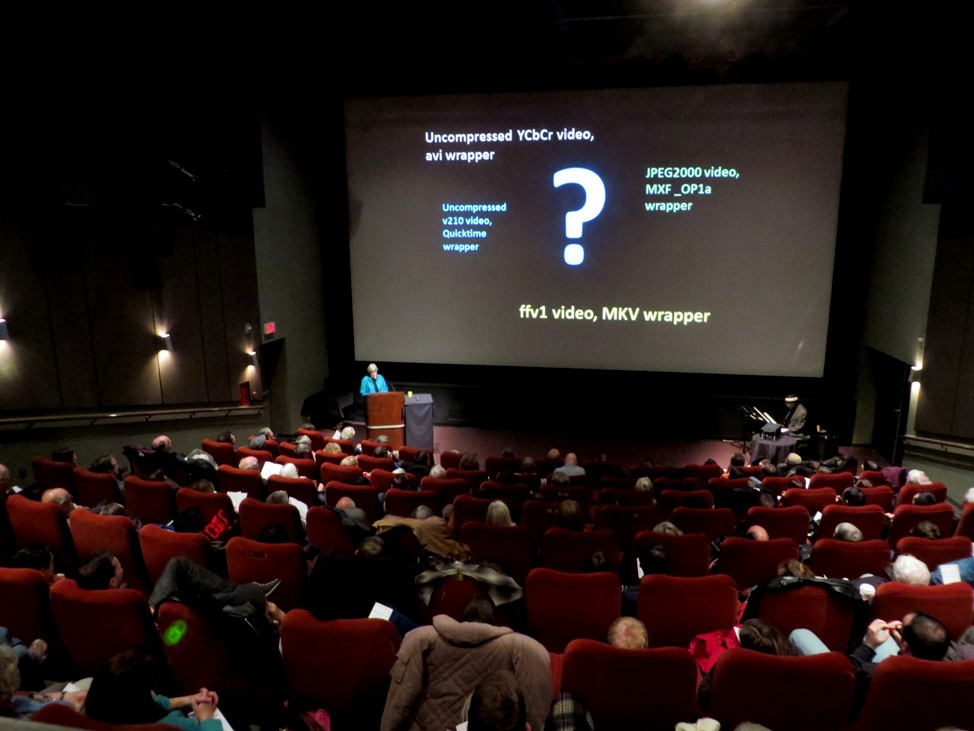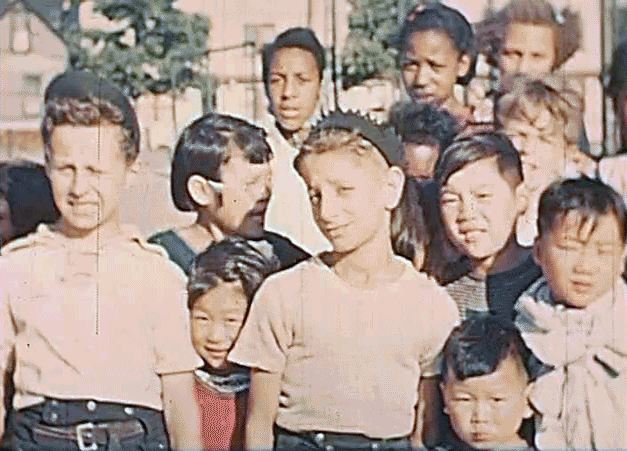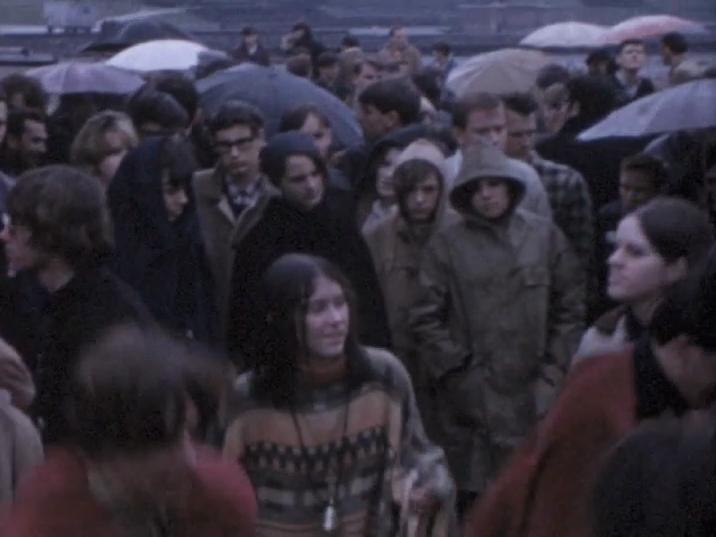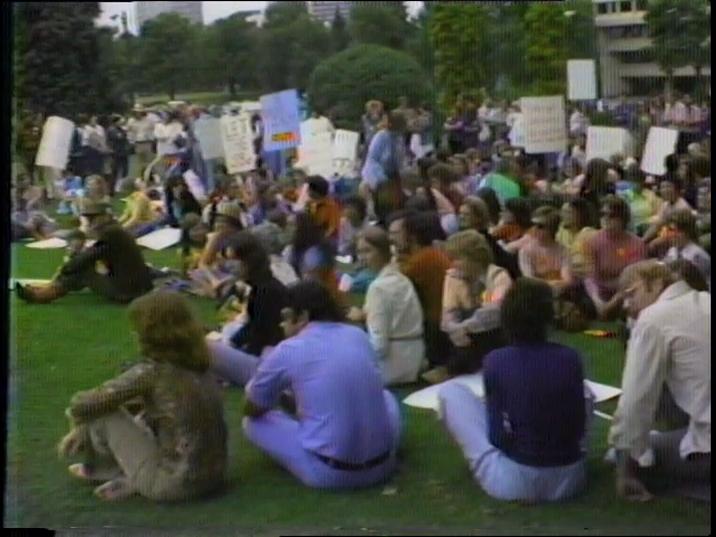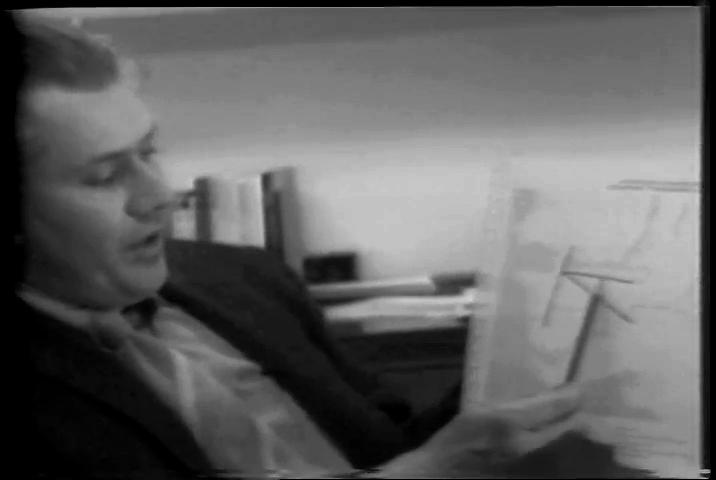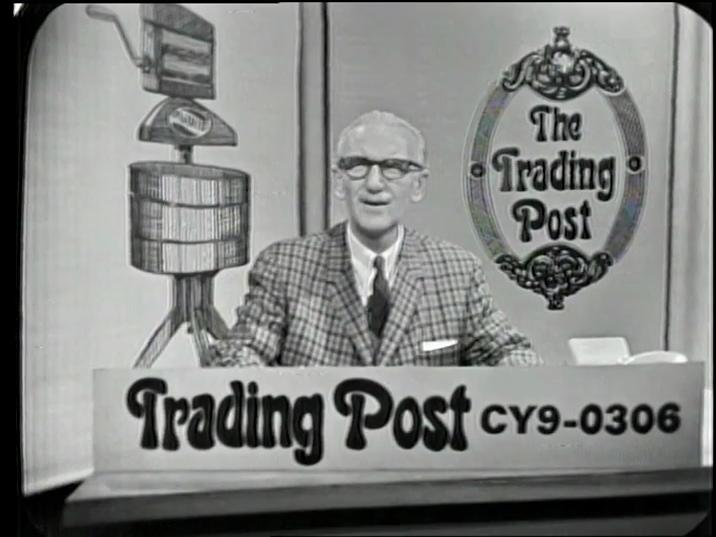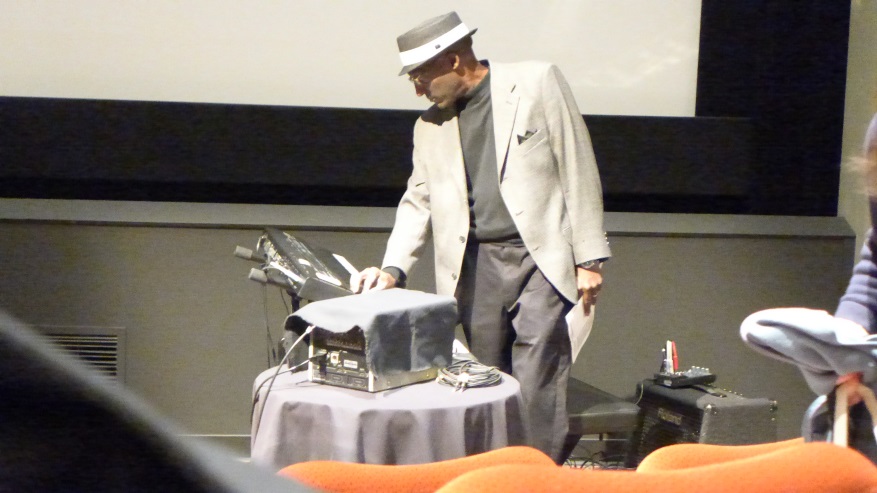In recent months, it seems that team mascots have stolen the media spotlight. Whether it be the Washington Redskins or the Amherst College Lord Jeffs, mascots and their connotations have become a hot topic. In light of the recent debate surrounding the Amherst College mascot (see this article in The Amherst Student), I thought it might be interesting to explore the man at the center of the maelstrom: Lord Jeffery Amherst, Commander in Chief of British Forces in North America during the French and Indian War, and according to some, the Adolf Hitler of the 18th century. Currently, the Amherst College Archives and Special Collections at Frost Library has some five boxes of original historical documents and artifacts related to Jeffery Amherst and his descendants. Here are 7 interesting facts about Jeffery Amherst, taken straight from the documents:
1) Jeffery Amherst liked to travel.
Okay, this might be a slight exaggeration, but he was most assuredly a well-traveled man. From the forests of Germany to the cities of France and our fair shores here in North America, Jeffery Amherst traveled around the globe in service to king and country.

Letter addressed from Crown Point, New York, regarding 14 Canadian soldiers
He served in many different wars during his lifetime, including the War of the Austrian Succession, the Jacobite Uprising, the Seven Years’ War, the American War of Independence, and the French Revolutionary Wars.

Letter addressed from Whitehall, London, later in Amherst’s career
Amherst was recalled to service as Commander-in-Chief of the British Forces in 1793, at the advanced age of 76, and served until a year before his death. Here are a few letters written by Amherst from different locations, including Buxtehude (Germany), Crown Point (New York), and Whitehall (London, England):

Letter addressed from Buxtehude, Germany, early in Amherst’s career
2) If Jeffery Amherst liked to travel, his first wife most certainly did not.
In a letter to his sister-in-law, Jane Dalison, Lady Amherst, Jeffery Amherst’s younger brother William shares the news that his brother has received a commission from King George II appointing him “General Commander in Chief of all America.” According to William, if his sister-in-law “could conquer your dislike of water, you might be a Queen there, but I know your little ambition.”

Jeffery Amherst, “Commander in Chief of all America”

Note where the wax seal tore a hole through the center of the letter.
3) Jeffery Amherst was often depicted in his military uniform, including, yes, an actual suit of plate armour. Here are a few of the different caricatures and engravings of Amherst:






4) Amherst had numerous Native American allies, including members from the Oneida, Onondaga and Caughnawaga tribes in northern New York Colony.
He appointed William Johnson as British Superintendent of Indian Affairs in the northeast, and along with Johnson, consulted with his Native American allies on a regular basis. As seen in the following letter, Amherst discusses a recent conference with the Oneidas and Onondagas and considers a future conference with Native American tribes in New England. While Amherst displays a condescending attitude towards Native Americans in general and disapproves of selling alcohol to them, he does display a surprising sense of fairness regarding the treatment of Britain’s Native American allies. In the letter, he approves of bringing Native American land grievances before the colony’s governor and even offers to personally speak to the governor. While this does not negate the now-famous series of letters sent to Colonel Bouquet in Philadelphia from June 23rd to July 19th, 1763, in which Amherst mused, “Could it not be contrived to send the small pox among the disaffected tribes of Indians?”, it appears that Jeffery Amherst had a very different opinion when it came to the British Native American allies compared to the Native American tribes allied with his enemies, the French. This perspective of allies versus enemies may provide a more nuanced picture of Amherst’s thoughts on Native Americans.

“You did certainly right to lay their complaint before the Lt. Governor, who, I doubt not, will address any grievances of this kind.”

“I am hopfull [to] put an end to all complaints arising from the sale of this Destructive Liquor.”
5) Amherst had interesting allies and friends, including many people in high places and even some he may have later regretted.
Perhaps one of Amherst’s most interesting allies was Thomas Hancock, Boston merchant and book seller. As you may have already guessed, Thomas Hancock was the uncle of John Hancock, prominent signer of the Declaration of Independence and famous Patriot during the American Revolution. Besides his famous signature, John Hancock was known as one of the wealthiest men in the thirteen colonies. Hancock had the great luck to inherit his fortune from his wily uncle, who took advantage of lucrative shipping contracts with the British Army and kept in regular contact with the Army’s Commander in Chief.



Letter from King George III to “Our Right Trusty & Welle Loved Councillor General Jeffery Lord Amherst”
Later in his career, Jeffery Amherst was promoted to Commander in Chief of all British Forces during the French Revolutionary Wars, a position that entitled him to a seat on the Prime Minister’s Cabinet. During this period, Amherst was stationed at St. James’s Square, London, the seat of government in England. Many of his later letters are addressed from St. James’s Square, and several of the letters in the Jeffery Amherst Collection in the Amherst Archives and Special Collections are from King George III of Great Britain.

The cover of one of Amherst’s order books – note the doodle of a soldier wearing a coat with buttons on the right side.
6) Jeffery Amherst was obsessively well-organized. While stationed in Ghent, Belgium during the War of Austrian Succession from 1740-1748, Jeffery Amherst kept a field diary in which he made daily, personal notations. In this flip-style journal, Amherst recorded such things as troop movements and marches, general daily orders, watch schedules and supply requirements. On occasion, he even went so far as to include what could be considered an 18th century doodle.

Another order book, written from Ghent, Belgium, 1742-1743

“May 19, 1743 Sunday”

“May 20, 1743 Monday”
7) If Jeffery Amherst never visited Amherst, Massachusetts, he was a major property owner in neighboring New York. In addition to his estate in Kent, England, which Amherst called “Montreal” in honor of his victory over the French in 1760, Amherst was gifted “twenty two thousand five hundred and forty acres of land, and the usual allowance for highways” in thanks for his service by the Colony of New York. According to the official land grant, Amherst’s property was measured from a rather precarious starting point, namely a “Birch Tree, marked No. III”. From this beginning, the property was then measured in “chains and links”.

“Which said tract or parcel of land so set out for the said Sir Jeffery Amherst begins at a Birch Tree”



















































